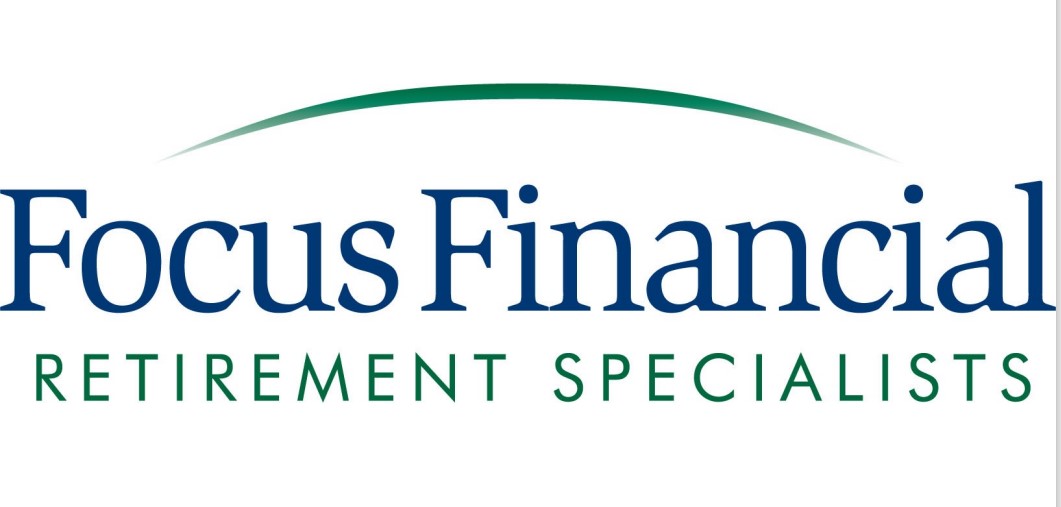Fees and Costs
What Does It Cost to Meet and How Do You Get Paid?
This is a good and important question, and we will spend time in our first meeting talking about this. We will make sure that you understand and are comfortable with how our compensation works and let you decide which method is right for you.
No Meeting Fees
At Harborfront Financial Group we believe everyone deserves access to sound financial advice, so, unlike many firms, we don't charge a fee for time spent meeting with you. We also don't charge a financial planning fee for any advice we might give you outside of investing.
Two Forms of Compensation
We do get paid at Harborfront Financial Group. We earn money in one of two ways. It's important to us that you understand these fees and the options you have so that you can choose the best option for you.
Option 1: Commission-Based Model
With this model, if you purchase a mutual fund or other investment, you are charged a commission. This commission goes to pay us, the advisors, the investment company, and the managers of your fund. Oftentimes for long-term investments, this is a one-time fee (what the industry calls an A-Share), and once you've paid it, you won't pay a commission again for the time you have that investment. The amount varies depending on how much money you are investing and what type of investment you are making, but you only pay it when you put new money in the account.
After you pay the one-time fee, you will pay a much smaller annual fee (called a 12b1 fee, expense ratio, or "trail").
What We Like About Commission-Based Model:
- This can be the least expensive option if you are investing for the long term and you are willing to "buy and hold," meaning you don't need to make a bunch of trades in your account in order to feel like you're being a good investor.
- The more money you invest, the lower your commission percentage will be. For example, if you are rolling over a large sum from a work retirement account, you may be eligible for a lower "breakpoint" or percentage of the investment owed for that one time up-front fee (A-Share). This can often help with cost-effectiveness for longer-term investments.
- You can start investing with as little as $250.
* Investors should consider the investment objectives, risk, charges and expenses of the mutual fund carefully before investing. The prospectuses contain this and other important information about the mutual fund. You can obtain prospectuses and summary prospectuses from your financial representative. Read carefully before investing.
Downsides of the Commission-Based Model:
There may be a conflict of interest in the commission-based model because we get paid to suggest that you make an investment. So, while it is our commitment to only make investment suggestions that we believe are suitable for you and your financial situation, we do get paid when you invest with us. Regrettably, this has led to some terrible situations when people who called themselves 'financial advisors' made bad suggestions to clients because they allowed the commission they would receive to get in the way of doing the right thing for the client.
Option 2: Fee-Based Model
Rather than being charged a commission on your investments, you'll be charged a percentage of your assets (the highest being 1% at Focus Fanancial Retirement Specialists) with the fee-based model. You will be charged this fee every year (in advance), but you won't owe any up-front fees, and there is no charge to make changes in your account. This means if we think it's best to buy or sell investments, you won't get any additional charges.
What We Like About the Fee-Based Model:
- Many investors like that this puts you and us, the advisors, on "the same side of the table." We both do well as your account grows, and if the value of your account goes down, our compensation goes down.
- There is no additional cost to buy and sell investments in your account.
- Fees are very straightforward, transparent, and easy to understand.
- You never have to wonder if we are making a suggestion solely because it will generate a fee. Since we get paid the same amount regardless of what you're invested in, if we call you and suggest an investment change, you never have to question if we are making the suggestion for selfish reasons. Of course, our first commitment is to you, our client, but the fee-based model does help eliminate the potential conflict of interest that can arise in the commission-based model.
Downsides of the Fee-Based Model:
- Currently, you need $25,000 to start investing in a fee-based account.
- This isn't always the least expensive option for a long-term investor
What's the Best Option for Me?
This is a great question and one that our team has spent a lot of time and thought trying to determine. The truth is that we don't believe there is a 'one size fits all' approach to how to pay for your investments. Like the rest of your financial plan, what is right for you depends on your personal situation, the amount you're investing, and what your goals are. It's important to us that you understand your options and are able to make the decision you feel is best for you.
